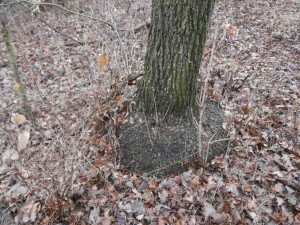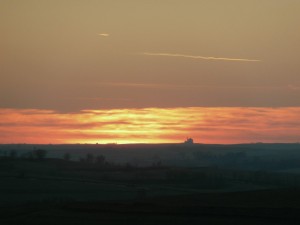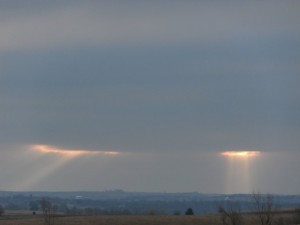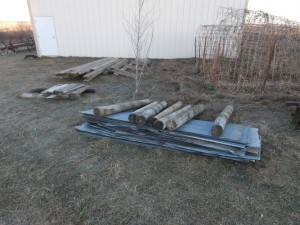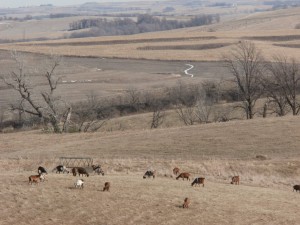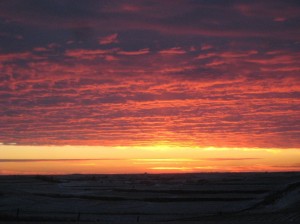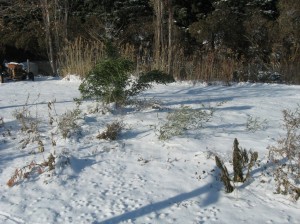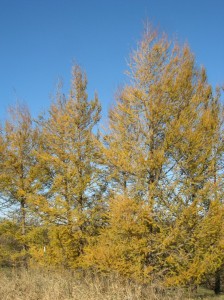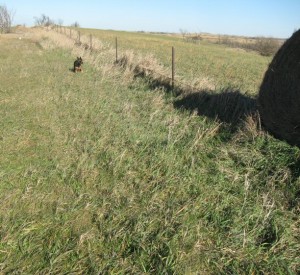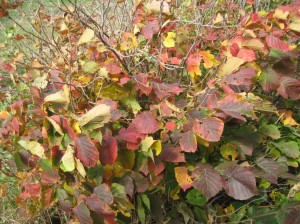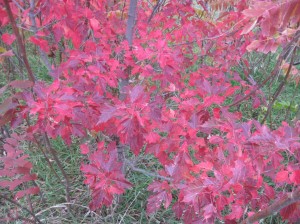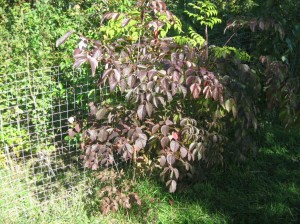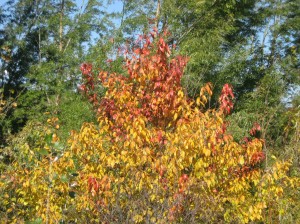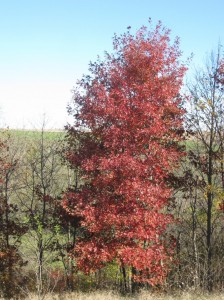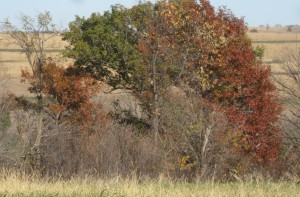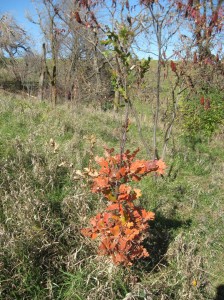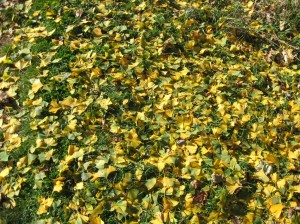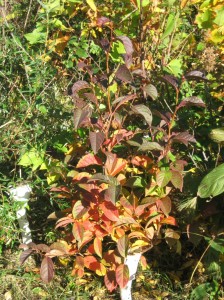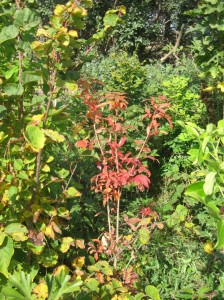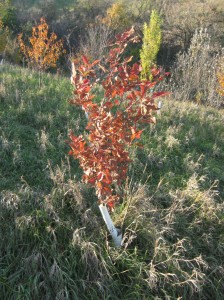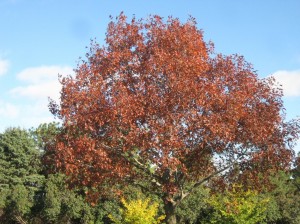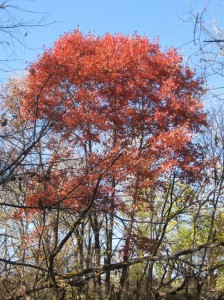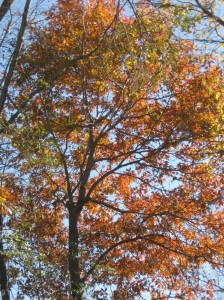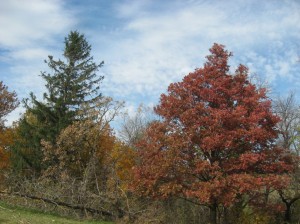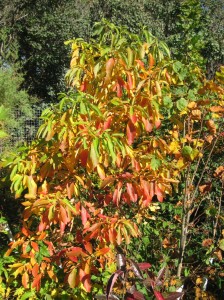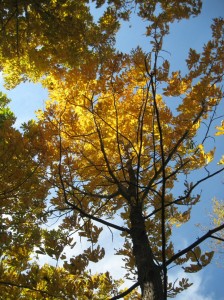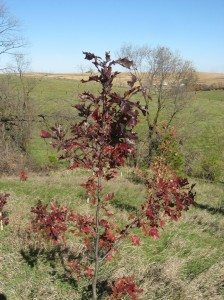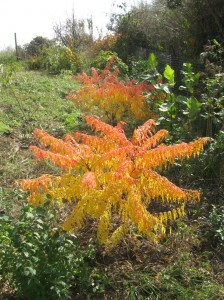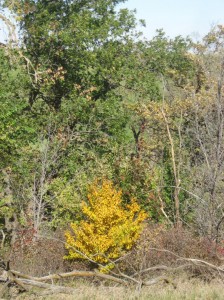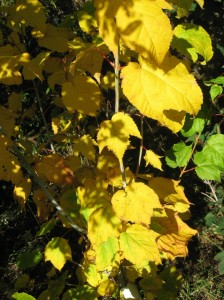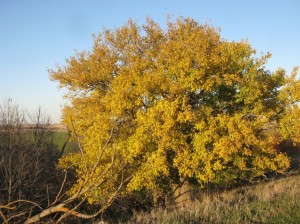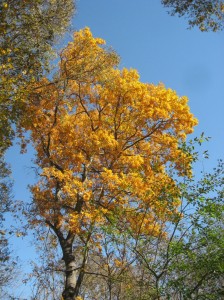With the many Bur Oaks in the forest, I see a lot different things that set each tree apart.
Fire Stripes
Light Holes
Cattle Windbreak
Fall Grazing
Thanksgiving Sunset
Bamboo Remnants
Japanese Larch Yellow Needles
Repurposing
Fall Colors 2014
Some of the good colors I saw this fall:
Just a common American Hazelnut showing some good color change.
Amur Maple is routinely one of the best for fall color display.
Devil’s Walking Stick turns color earlier than most trees and usually is dependable for color every year.
Black Cherry can have yellow and red for leaf color in fall.
A native tree, the Red Oak, is dependable for outstanding fall color.
3 different Red Oaks at different stages of leaf color change.
English Oak attracted my attention.
Ginkgo leaves littering the ground after a freeze.
Korean Stewartia with various colors showing through. I’m surprised how well this tree has survived here.
Manchurian Maple in fall color mode with green all around.
Mongolian Oak with better fall color than some oaks.
Red Oak in the yard and yellowing Ginkgoes in background.
This Red Oak formed multiple trunks after beaver damage. The red shows up really good while most of the surrounding trees have lost their leaves.
Looking up into a young Red Oak, I should prune some of the lower branches.
A White Oak and Norway Spruce are growing among native trees.
Sassafras has potential to be one of the better trees for fall color.
Looking up into a Shellbark Hickory with a yellow crown.
Shumard Oak has gotten some purple mixed in with the red.
A couple Staghorn Sumac cultivars with their outstanding fall color.
A very noticeable Black Cherry that is solid yellow.
Moose Maple is known for its beautiful bark, but also can have pleasant fall color.
This male Mulberry drew my attention, a lot of times mulberries don’t color up this good before the leaves fall off.
A large Bitternut Hickory was quite the stunner.
